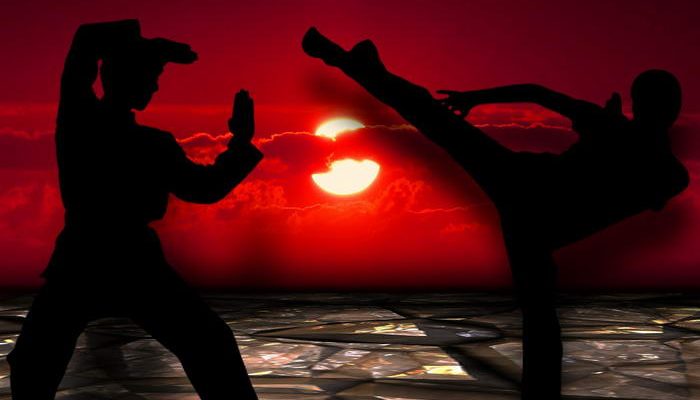Have you ever wondered why martial arts capture the imagination of millions worldwide? It’s not just about the thrill of combat or the quest for physical fitness. Martial arts, a blend of art, science, and philosophy, offer a window into diverse cultures and histories. In recent years, we’ve seen an undeniable surge in their popularity. From the disciplined art of Brazilian Jiu-Jitsu to the striking power of Muay Thai, martial arts have evolved into more than just self-defense techniques. They are now integral to personal development, fitness regimes, and even popular culture.
Why are martial arts gaining such widespread appeal? The answer lies in their versatility and adaptability. Whether it’s for boosting self-confidence, enhancing physical fitness, or learning effective self-defense, martial arts cater to a wide array of personal goals and interests. This fascination is not confined to a specific region or culture; it’s a global phenomenon. With a rich array of styles, each with its unique philosophy and technique, martial arts offer something for everyone.
The world of martial arts is ever-evolving, constantly with new trends and influences. Mixed Martial Arts (MMA), for instance, has taken the world by storm, blending various fighting styles into a dynamic and highly competitive sport. Its rise to fame has been meteoric, captivating audiences with its intensity and diversity. On the other hand, traditional styles like Karate and Taekwondo continue to thrive.
In this list, we’ll explore the top ten martial arts that have captured the hearts and minds of enthusiasts around the globe. We’ll look at what makes each style unique, their origins, and why they continue to be relevant in today’s fast-paced world. So, get ready to uncover the secrets of the most kick-ass martial arts. Maybe you’ll find the one that resonates with you the most!
10 – Muay Thai
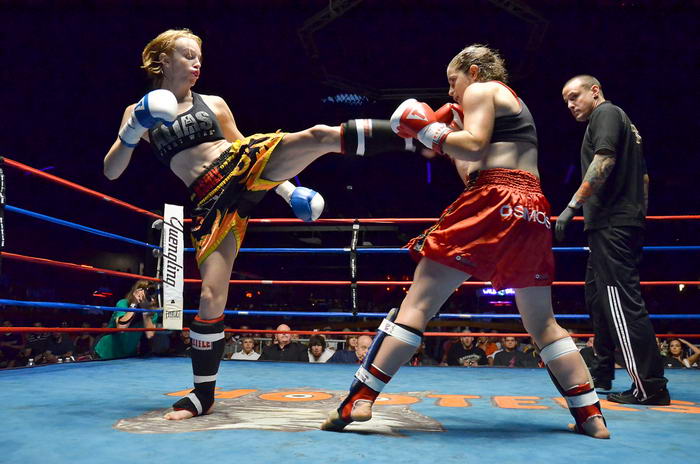
Known as ‘The Science of Eight Limbs’ it uses the arms, legs, elbows and knees to strike and defeat an opponent. Clinching is also an important part of this system and is where fighters grab each other when fighting close in to control the other. Muay Thai training is physically gruelling and ensures that anyone who takes it up is in great shape to look after themselves in a confrontation.
09 – Wing Chun
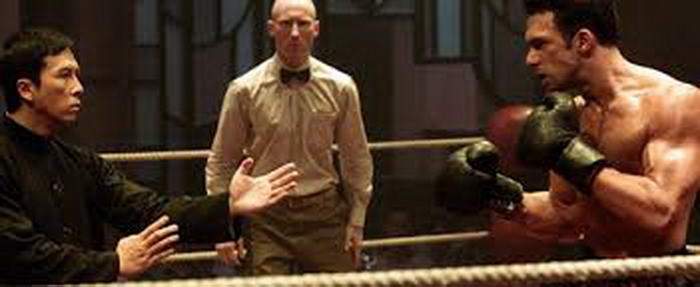
The only thing you need to know about Wing Chun is that it’s where Bruce Lee cut his teeth and got all his skills from! Once most people know that, they become interested in this wonderful art.
Originally developed by a Shaolin Monk named Ng Mui from watching a crane and snake fight, it was then taught to a young woman named Yim Wing-Chun. This makes it an ideal martial art for women or older people to learn as it is designed to use technique not strength and help a weaker person overcome a stronger person. While still challenging, the training is not physically as testing as other arts either with little emphasis on aspects such as heavy body conditioning or running.
Wing-Chun relies on certain principles such as controlling the centre line of your opponent and striking the centre of them to work effectively. It is famous for its ‘Sticky Hands’ training routine where partners run through set hand routines together to build up hand speed and sensitivity.
08 – Aikido
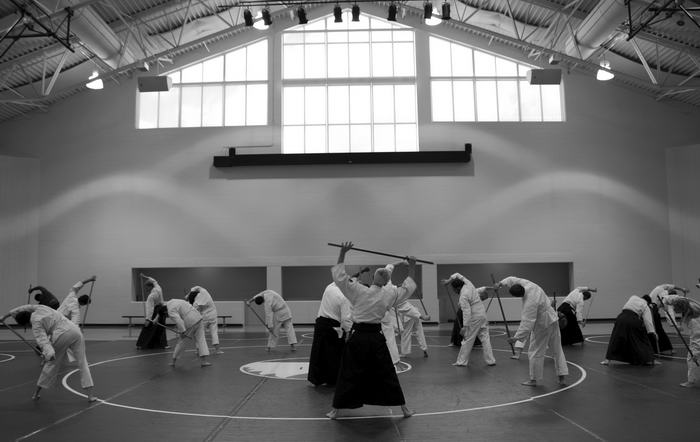
If Bruce Lee is not your thing, then how about Steven Seagal? Yep, that’s right – Seagal is a genuine Aikido master who spent many years training in Japan to perfect his skills.
Whilst it might look quite simple, it is extremely useful in terms of self-defence. Founded by Morihei Ueshiba, the name translates as ‘The Way of Unifying Life Energy’. It uses body movement to avoid an attackers initial blow along with re-direction of their force to nullify it. Aikido also incorporates joint locks and takedowns to be a complete martial arts system.
07 – Tiger style Kung Fu
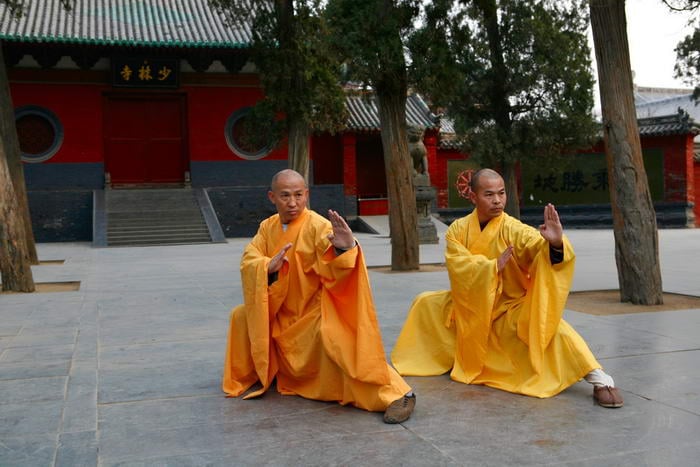
Traditionally the top of the animal food chain, the Tiger is strong and fierce while bowing down to no-one. These elements of the Tigers character are what the Tiger Style of Kung Fu is based on and what practitioners strive to emulate. In terms of style and tactics, it is straightforward and to the point. There are no feints or setting up of techniques – rather a Tiger practitioner goes direct at the opponent from the start with an aim of hitting the most vulnerable points to end the contest.
06 – Tai Chi

Tai Chi is a very well-known martial art and arguably the most popular on the plant right now. However, while most people know it for its abundant health benefits, not may realise that it’s one of the best arts for protecting yourself.
Known as one of the internal arts, Tai Chi is one of the best for older or weaker people as the training is not as hard on the body. It also does not rely on brute force to be effective, rather teaching to re-direct or absorb an attackers power before applying your own technique. Don’t be fooled by the slow, circular movements it employs. When these are applied at full speed and power in a confrontation, they are brutal.
05 – Bagua
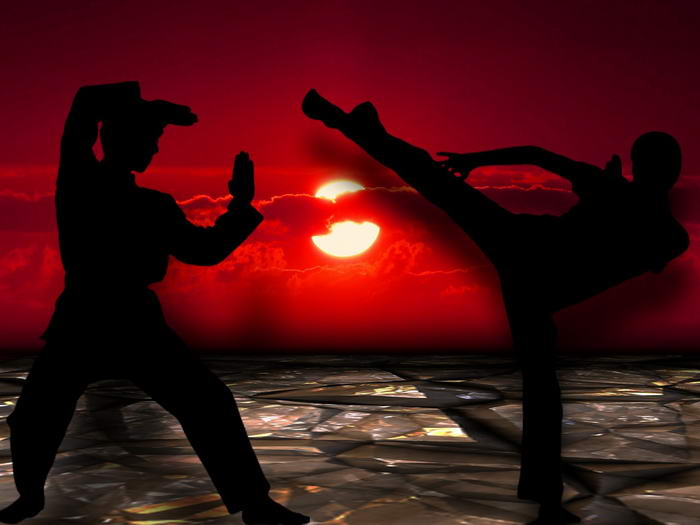
Along with Tai Chi and XingYiQuan, Bagua is one of the three famous Internal Martial Arts. These internal arts focus on inner power and technique to defend yourself rather than muscles or pure strength. Cultivation of Chi (the life-force inside us that gives us power) is an important aspect of the internal arts and students spend many hours practicing breathing techniques and standing motionless in certain postures to achieve this.
Bagua in particular is famous for its Circle Walking practice which promotes the cultivation of Chi as well as the basics of the art. Students walk around the edge of an imaginary (or real if one is available) circle, all the time using the correct footwork and stepping techniques. Along with the correct breathing and turning of the body, this helps Bagua students build up the power they need to defend themselves.
04 – XingYiQuan
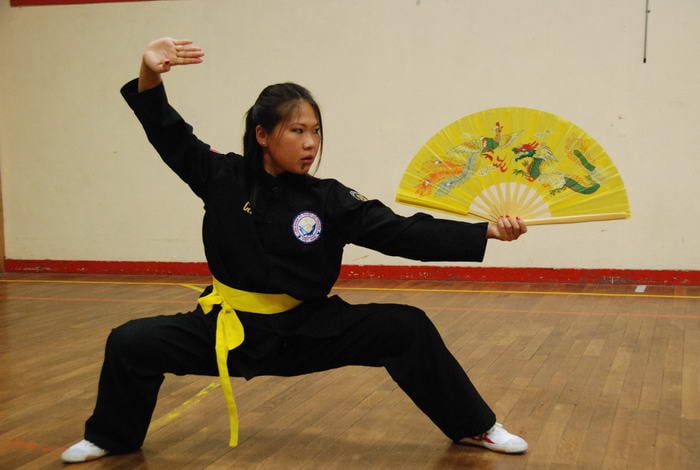
Unlike Tai Chi or Bagua, XingYiQuan students learn straight footwork techniques that take them into direct contact with their opponent. This allows them to be close enough to use their skills and techniques to best effect. As you progress in this art, the internal aspect of it is taught further and students learn how to incorporate spirals and tiny circles in their movements for added zip.
03 – Pencak Silat
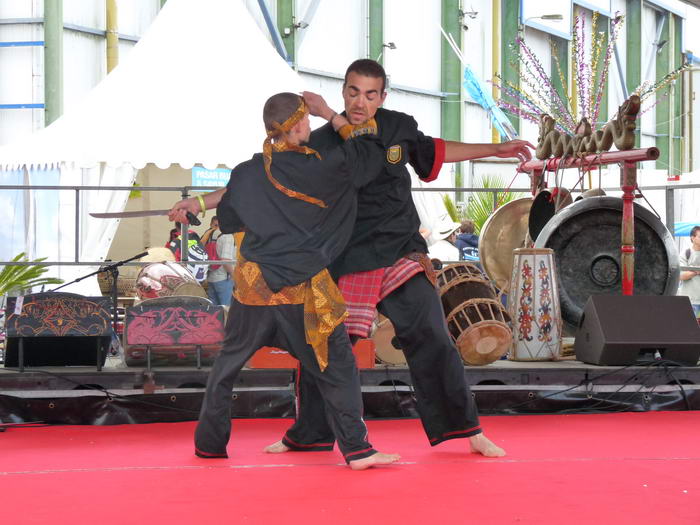
Students usually begin by learning correct footwork and how to move properly before going onto stance training. This naturally leads onto learning the various hand and foot combinations to defend yourself properly. Forms are also taught once more experience has been gained in the art which allows students to practice all they have learnt in a set of movements.
02 – Hapkido
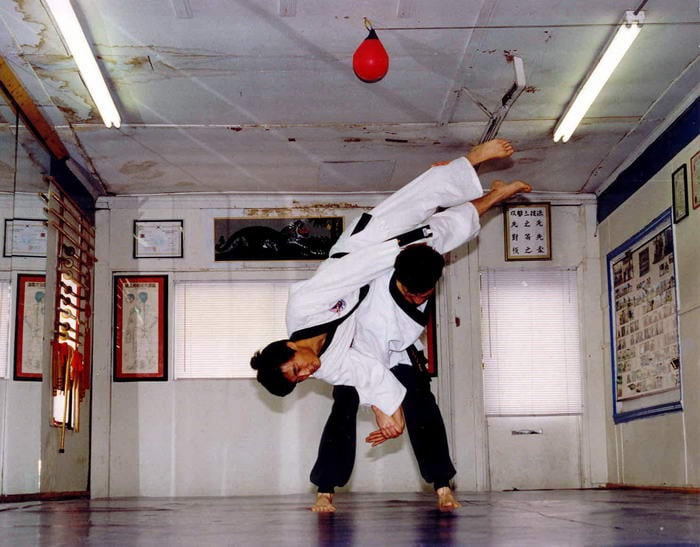
Hailing from Korea, Hapkido is comprehensive martial art that employs throws, joint locks, punches and kicks. Popular the world over, it is particularly good for dealing with more than one attacker or ending a confrontation quickly.
One of the most modern martial arts, it was formed in the early 20th Century by Choi Yong-Sool. He had trained with a master of Aikido in Japan when a young man and returned to Korea years later to teach his own art that he called Hapkido.
01 – Krav Maga
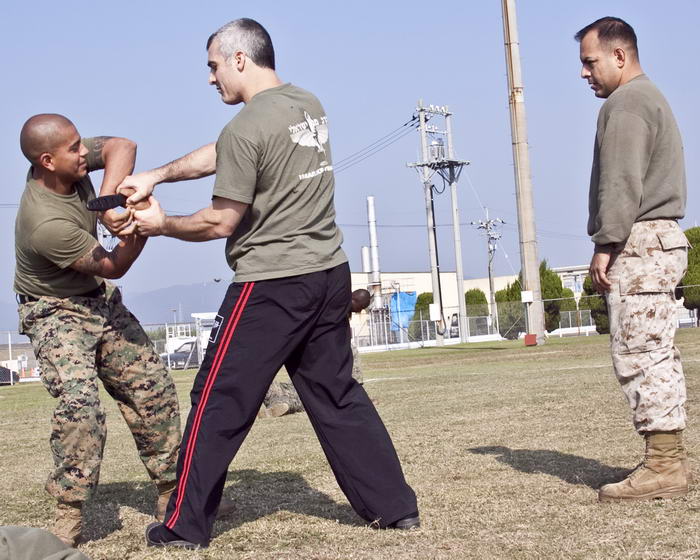
As an art, it borrows techniques from others such as Muay Thai and Boxing and combines them to make something new. Students are taught how to block and counter-attack effectively and great focus is placed on real-world training to prepare students for any eventuality.
Learning how to defend yourself and your loved ones is one of the most important things you can do. While confrontation is to be avoided and fighting is an absolute last resort, we live in a dangerous world where knowing how to handle yourself may one day come in very handy. Any of the superb martial arts in our list will do just that and give you the confidence to deal with anything life throw at you.
The Evolution of Martial Arts in Modern Times
Martial Arts: A Journey Through Time
The story of martial arts is as old as civilization itself, tracing back thousands of years. What began as basic self-defense mechanisms have transformed into sophisticated systems of combat and philosophy. From the ancient Shaolin monks to the Samurai warriors of Japan, each era added a new chapter to the martial arts legacy. This evolution reflects a fascinating blend of cultural, historical, and technological influences, making martial arts a living testament to human ingenuity.
Impact of Media and Pop Culture
In recent decades, the explosion of martial arts in media and pop culture has been phenomenal. Blockbuster movies, gripping TV shows, and iconic action stars have brought martial arts into the limelight, showcasing their allure and versatility. This exposure has not only elevated martial arts as a form of entertainment but also sparked a surge in interest and participation globally. Films featuring Bruce Lee, Jackie Chan, or the Matrix series have inspired generations, making martial arts a mainstream phenomenon.
MMA and Modern Martial Arts Trends
Mixed Martial Arts (MMA) stands as a pinnacle of modern martial arts evolution. By amalgamating techniques from Brazilian Jiu-Jitsu, Wrestling, Boxing, and more, MMA represents the fusion of traditional and contemporary styles. Its rise to prominence is a testament to the adaptability of martial arts in today’s fast-paced world. MMA events like the UFC draw millions of viewers, underscoring the sport’s thrilling nature and its appeal as a comprehensive physical workout.
Self-Defense in the Modern World: Krav Maga
In the realm of self-defense, Krav Maga has emerged as a powerhouse. Originating from military combat training, it’s designed for real-world application, emphasizing quick, efficient responses to threats. Krav Maga’s popularity has soared, especially among those seeking practical, easy-to-learn techniques for self-protection. Its focus on dealing with armed attackers and multiple assailants makes it highly relevant in today’s context.
Technology’s Role in Martial Arts Training
Technology has also revolutionized martial arts training. Online tutorials, virtual reality simulations, and digital platforms have made learning more accessible than ever. This technological integration caters to the modern learner, offering flexibility and a wide range of resources. Whether it’s mastering Kung Fu moves from a YouTube channel or engaging in a virtual Taekwondo class, technology bridges the gap between traditional practice and contemporary lifestyles.
Embracing the Power and Diversity of Martial Arts
As we wrap up our exploration of the ’10 Most Kick-Ass Martial Arts’, it’s clear that each style offers a unique blend of culture, discipline, and skill. From the precise strikes of Karate to the grappling finesse of Brazilian Jiu-Jitsu. These martial arts are not just fighting techniques; they are pathways to personal growth and empowerment. They teach us more than just how to defend ourselves; they instill values like respect, perseverance, and mental fortitude.
For those intrigued by the world of martial arts, the journey is just beginning. There’s a whole universe of styles to explore, each with its own history and technique. Joining a local dojo or signing up for a martial arts class can be a transformative experience. It’s about challenging yourself, breaking barriers, and discovering your true potential.
Martial arts are more than just physical activities; they are a way of life. Additionally, they teach us about discipline, respect, and the power of the human spirit. As we’ve seen, whether it’s the strategic thinking in Chess Boxing or the resilience in Muay Thai, each martial art has a unique story to tell. They remind us that in the face of adversity, the human spirit is capable of remarkable feats.
To all aspiring martial artists out there, remember that the journey is as important as the destination. Embrace the learning process, connect with the community, and most importantly, enjoy every step of this incredible journey. The world of martial arts is vast and welcoming, ready for you to make your mark.


